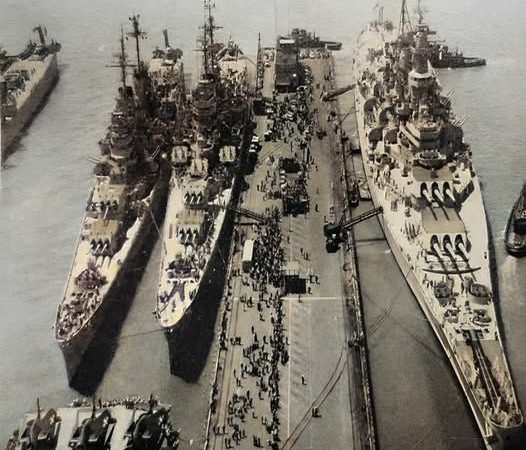USS Roanoke (CL-145) and USS Worcester (CL-144): The Cleveland-Class Cruisers of the 1960 Pacific Reserve Fleet
The Cleveland-class cruisers, known for their speed and versatility, played a significant role in the United States Navy during the mid-20th century. Among them, USS Roanoke (CL-145) and USS Worcester (CL-144) stand out as key vessels in the 1960 Pacific Reserve Fleet. This article explores the historical context, features, and legacy of these two distinguished ships.

Launched in the aftermath of World War II, the Cleveland-class cruisers were designed to fulfill various roles, including fleet screening, air defense, and support for amphibious operations. With a total of 27 ships built, the Cleveland-class was one of the largest classes of light cruisers in U.S. Navy history. The ships were equipped with advanced weaponry and technology for their time, making them formidable assets in naval warfare.
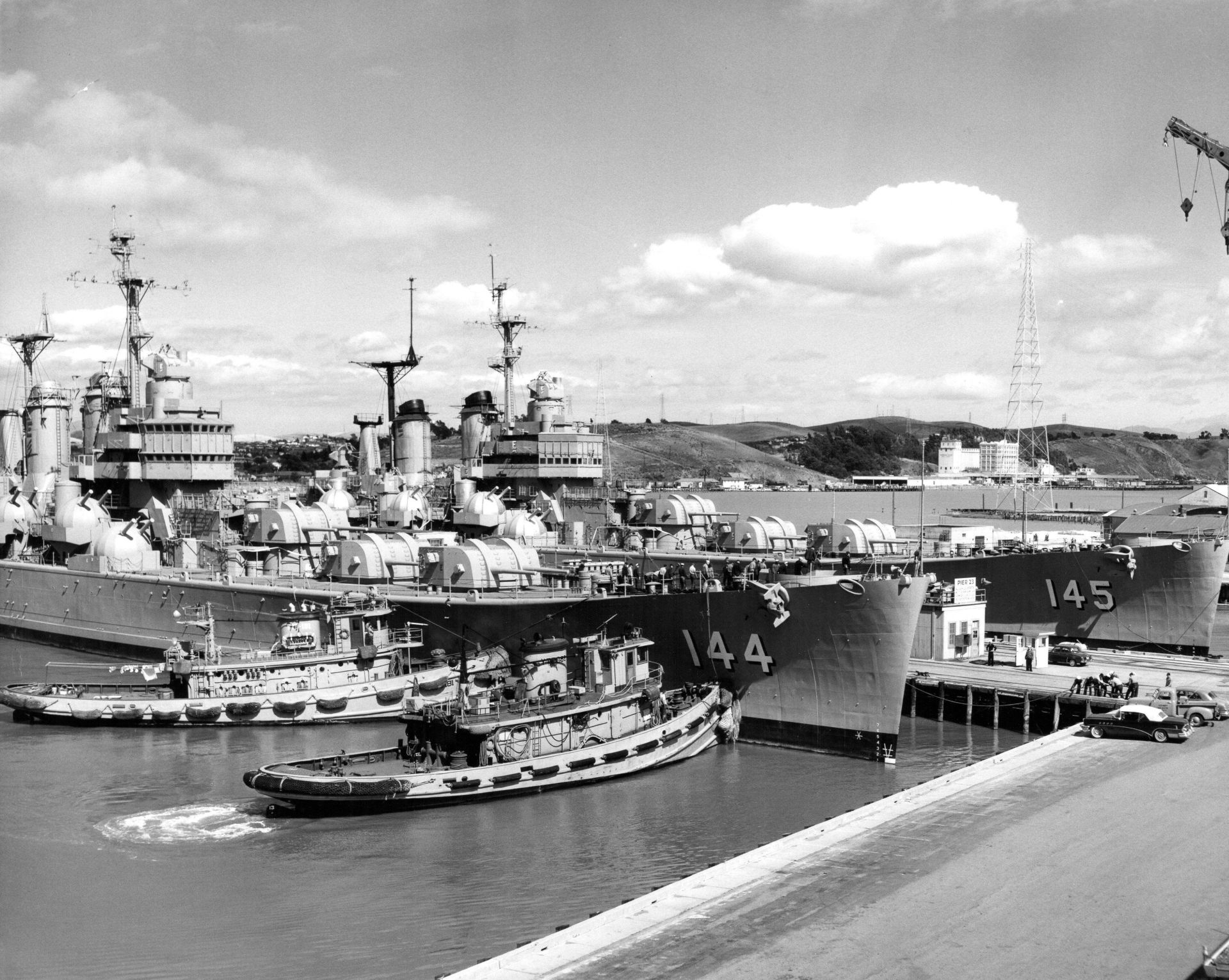
By the 1960s, however, many Cleveland-class cruisers were being placed into reserve fleets. This transition marked a shift in naval strategy as newer classes of ships began to take on frontline roles. The Pacific Reserve Fleet, stationed primarily in the West Coast of the United States, served as a critical hub for these decommissioned vessels, allowing for potential reactivation in times of need.
USS Roanoke (CL-145)
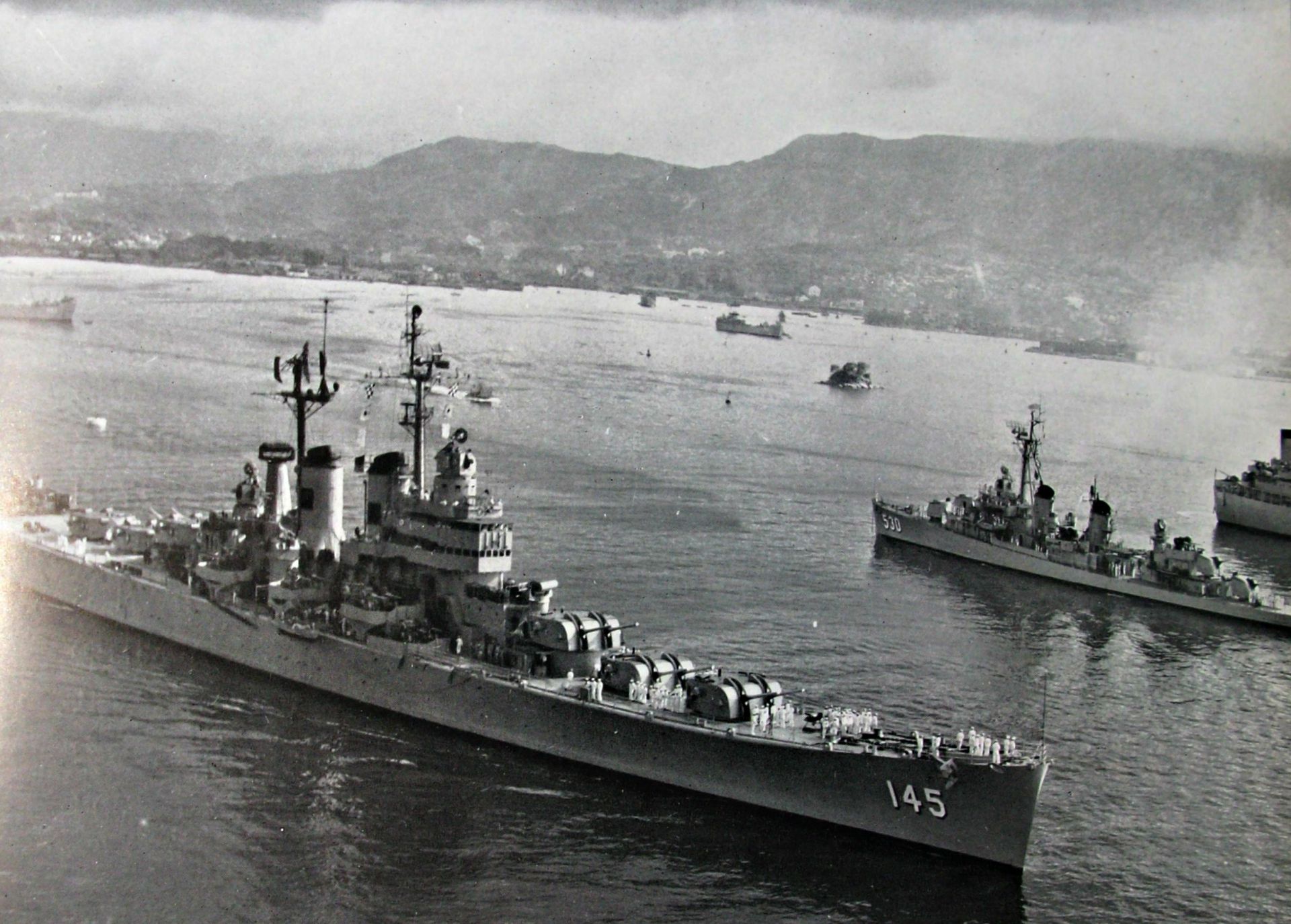
USS Roanoke was launched on June 28, 1944, and commissioned into service on December 28, 1945. As a Cleveland-class light cruiser, Roanoke boasted a length of 610 feet and a displacement of approximately 14,000 tons. Its design included a combination of heavy guns and anti-aircraft weaponry, allowing it to provide both offensive and defensive capabilities.
Throughout its service, Roanoke participated in several naval exercises and operations. By the 1960s, it was undergoing modernization efforts, enhancing its systems to extend its operational life. The ship was primarily involved in training exercises, showcasing the Navy’s commitment to maintaining a skilled and ready force.
USS Worcester (CL-144)
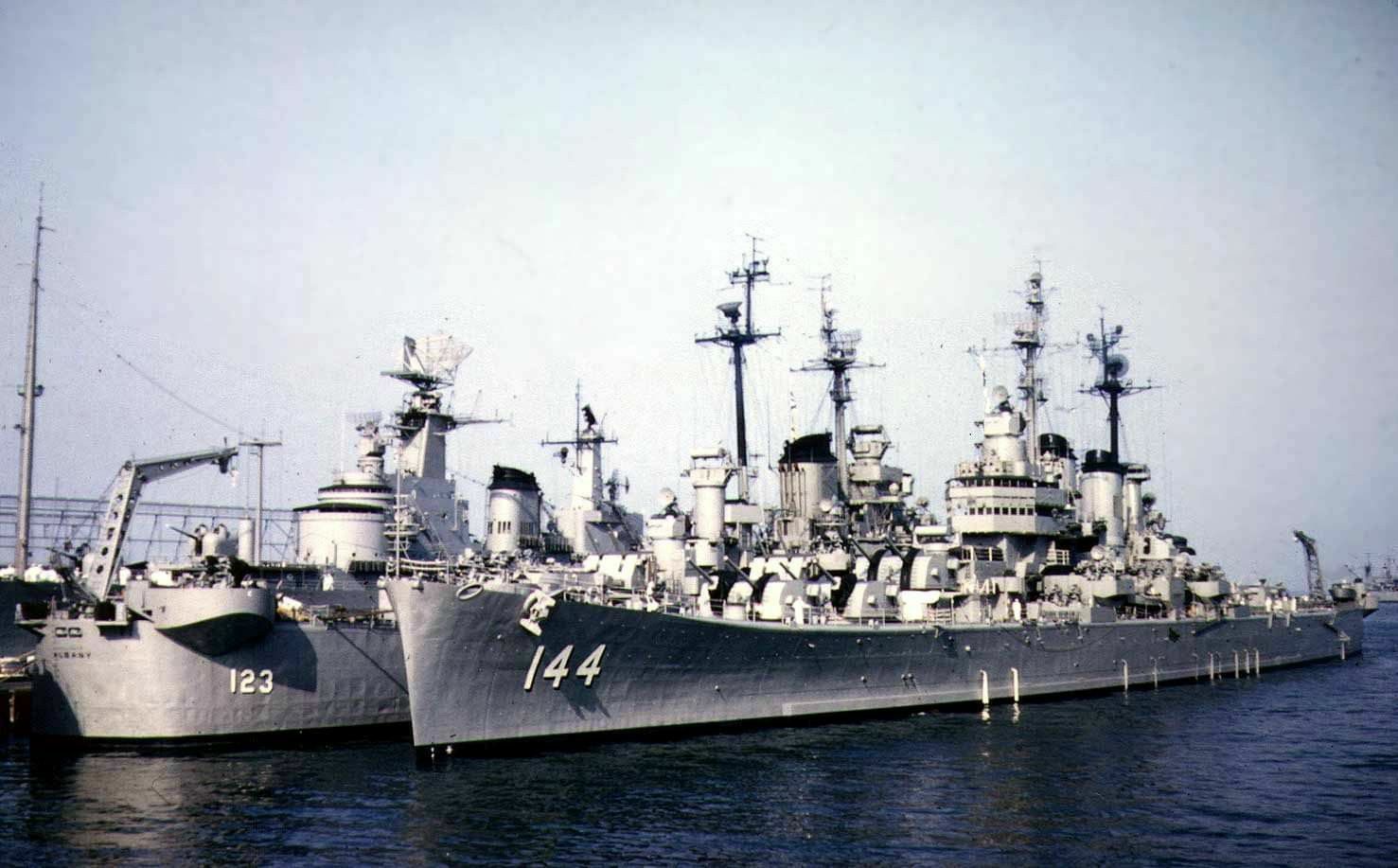
USS Worcester was commissioned shortly before Roanoke, on September 15, 1948. This cruiser was designed with a focus on air defense, equipped with a powerful array of guns, including dual-purpose 6-inch guns and advanced radar systems. Worcester was notable for its speed and agility, making it a valuable asset in various fleet operations.
By the early 1960s, Worcester was also part of the Pacific Reserve Fleet. Like Roanoke, it underwent modernization efforts to ensure that it could meet the evolving demands of naval warfare. The focus on upgrading these cruisers reflected the Navy’s commitment to maintaining a capable reserve fleet while adapting to the technological advancements of the era.
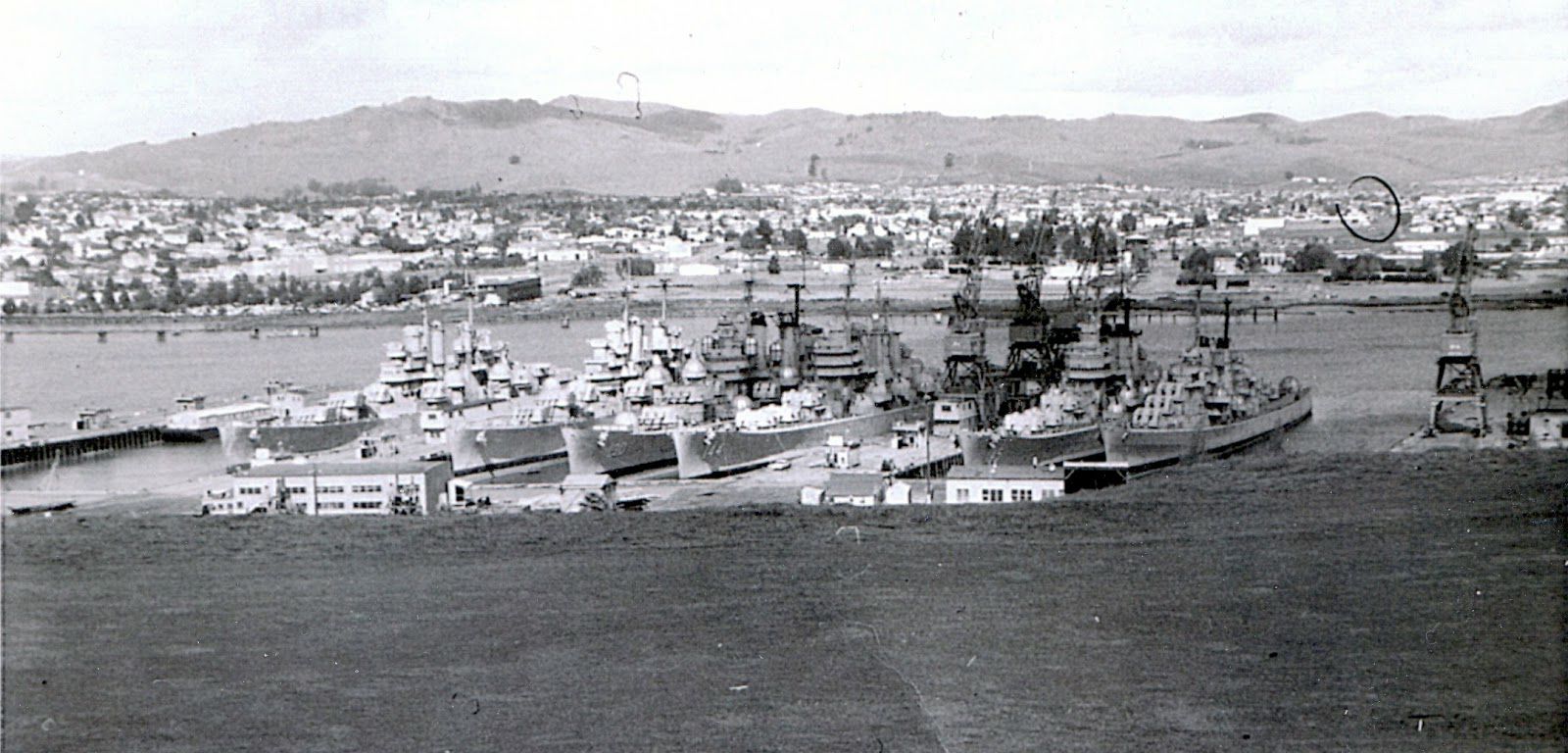
The USS Roanoke and USS Worcester represent the enduring legacy of the Cleveland-class cruisers. While both ships transitioned to reserve status, they played essential roles in training and readiness within the Navy. Their design and capabilities laid the groundwork for future classes of cruisers and showcased the evolution of naval strategy during a pivotal time in history.
As we reflect on the contributions of these vessels, it is clear that the Cleveland-class cruisers, including USS Roanoke and USS Worcester, were vital components of the U.S. Navy’s maritime strength in the 20th century. Their service during and after World War II helped shape the Navy’s approach to modern naval warfare, leaving a lasting impact that continues to influence naval design and strategy today.



